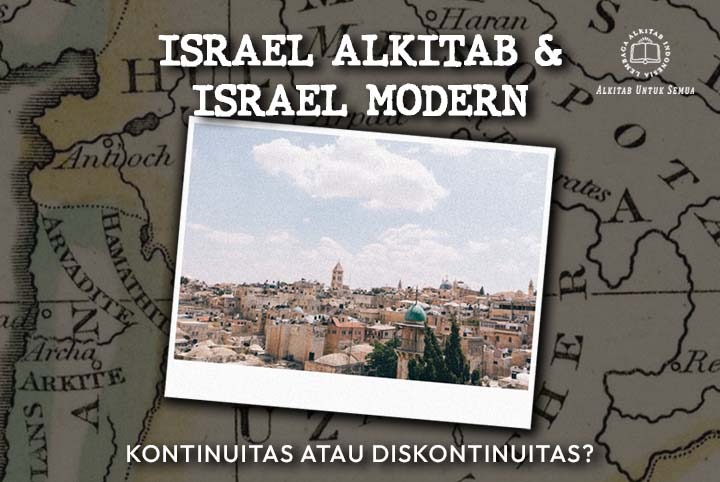The question of life after death is not unique to Christians, but is a universal reflection that cuts across faith traditions. The Bible itself provides unique insights into the reality of the afterlife, which developed over the course of Israel’s history and its interactions with surrounding cultures. This understanding evolved from the concept of death as an absolute end to the belief in resurrection and eternal life in the New Testament.
As part of the Southwest Asian civilization, Israel was not isolated from the influence of surrounding cultures such as Ugarit, Mesopotamia, and Egypt. In the Ugaritic texts, the dead are referred to as Rephaim, who are seen as still active in the spirit world and able to interact with the world of the living. This concept contrasts with the Bible’s more limited interaction between the worlds of the living and the dead, as stated in Isaiah 26:14 that the dead “shall rise no more.”
Egypt and Mesopotamia had a more concrete concept of the afterlife. In Egypt, the Pharaohs built pyramids and mummified their bodies in preparation for the afterlife. In Canaanite and Mesopotamian civilizations, there is also a belief that the living are responsible for the welfare of their ancestors' spirits, similar to some traditions in Indonesia.
The Bible itself is minimalist in discussing the afterlife. One term that is often used is Sheol (שְׁאוֹל), a place for the dead that is described as a shadow world, devoid of activity and consciousness. Job 7:9 states, "As a cloud vanishes and passes away, so he who goes down to the realm of the dead will not come up again." However, there are some indications that the Israelites secretly continued to believe in a connection between the dead and the living. For example, in 1 Samuel 28, Saul summons the spirit of Samuel through a spirit medium, even though this practice was strictly forbidden in Israelite law, as in Leviticus 20:6, "If anyone turns to a spirit medium or a spiritist and commits adultery by asking them, I will set my face on that person and cut him off from among his people."
During the exile period and afterward, Persian and Greek cultural influences began to influence Jewish thinking about the afterlife. Daniel 12:2-3 is one of the first texts in the Bible to explicitly mention the resurrection: “Those who are wise will shine like the brightness of the expanse, and those who turn many to righteousness like the stars forever and ever. But you, Daniel, keep secret the words, and seal the book until the time of the end. Many will wander, and knowledge will increase.” This development is further seen in texts such as the Wisdom of Solomon and 2 Maccabees, which emphasize the afterlife of the righteous. In 2 Maccabees, a mother who has lost her seven children in persecution testifies that they will live again in the world to come.
In the New Testament, Jesus’ teachings clarify the concept of the afterlife. One of the key events is Jesus’ conversation with the thief on the cross, where Jesus said, “Truly I say to you, today you will be with me in paradise” (Luke 23:43). The term Paradise (پردیس, pardesh in Persian) refers to a temporary resting place before the final judgment. In addition, we also find Jesus speaking of a separation between the righteous and the wicked after death. In the parable of Lazarus and the rich man (Luke 16:19-31), the rich man is in agony in Hades, while Lazarus rests in Abraham’s bosom. This confirms that the afterlife is not just a passive existence, but that there are moral consequences of life on earth.
Paul in 1 Thessalonians 4:17 speaks of the resurrection of believers at the second coming of Christ, “Then we who are alive and remain shall be caught up together with them in the clouds to meet the Lord in the air.” This concept confirms that the afterlife is not the end, but a transition to the final judgment.

























